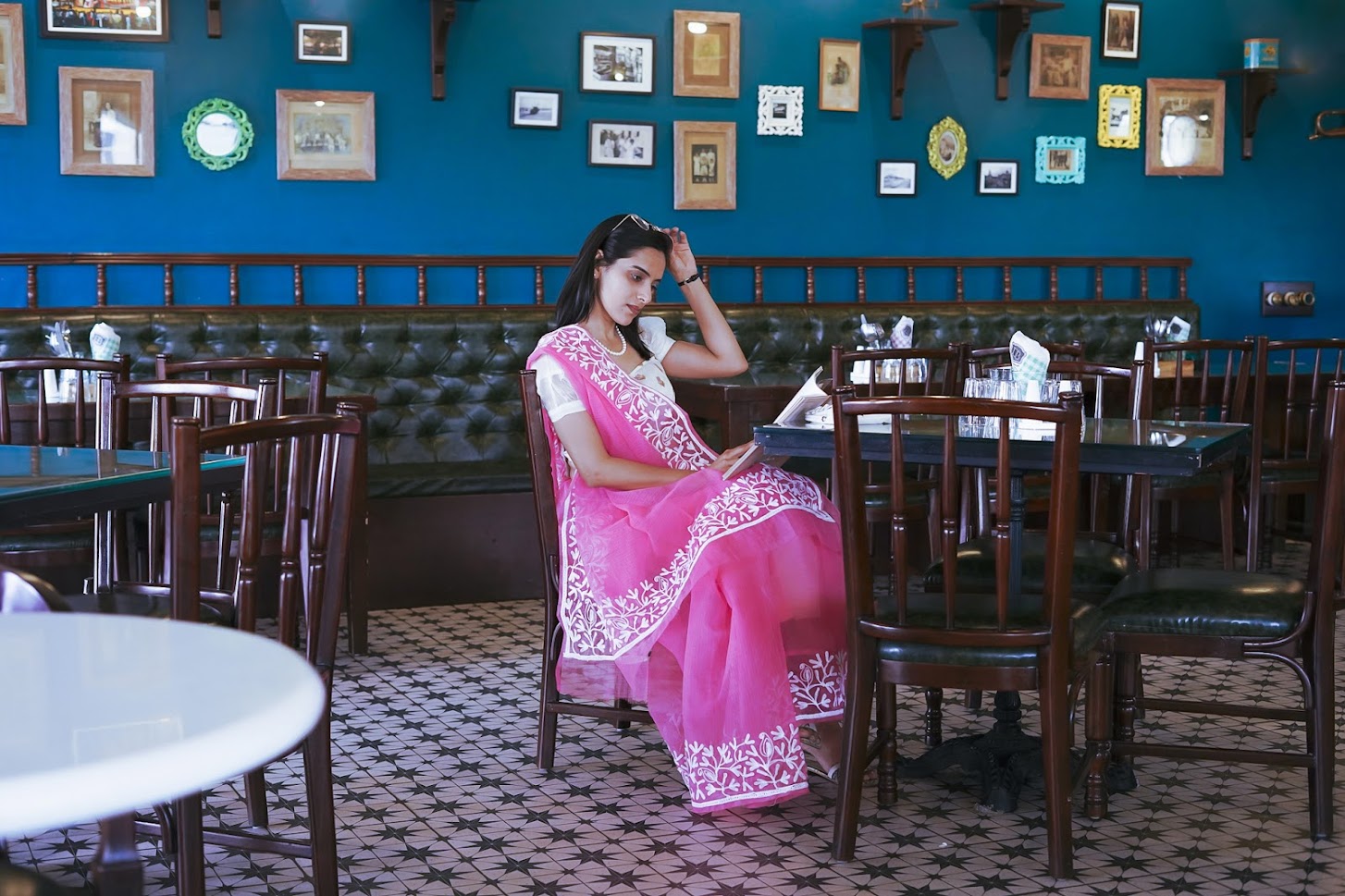Kota doria and dobby fabric are two gems of the Indian textile industry. One is famous for its unique check patterns, while the other represents small geometric patterns. Kota doria sarees and kota doria suits are admire by everyone, whereas cotton dobby fabric gives immense comfort.
But do you know how these materials are crafted? If not, we have come up with a production process for both fabrics. Read on!
Kota Doria is located near Kaithoon, a tiny town in Rajasthan’s Kota district. The main centre of Kota Doria production is at Kaithoon. But the villages of Baran, Bundu, and Kota also have significant concentrations of the product. This material is handwoven on pit looms. The light-weight fabric is identified by the prominent, little, square patterns (known as Khats).
Two words were combined to create this name: Kota is a term that implies threads, and Doria is the area where it originated.
How does one go about creating stunning works of art?
Materials and technique
The basis of the Kota Doria saree includes cotton and Mulberry silk yarns. And the supplementary warp and weft designs have gold and silver zari yarns.
The cotton yarn gives the fabric its strength and suppleness, while the silk threads give it its transparency and delicacy.
Weaving
Weaving kota doria has been a family tradition for generations. Every home in Kaithoon has at least one pit loom. It is mostly the responsibility of the housewives.
The Making of Kota Doria
Producers wind yarn from the hanks into bobbins for warp and pirns for weft in the winding process.
The process of getting a set warp length and a definite number of threads is warping process. To cover the whole length of the cloth, it is necessary to
It is possible to color the yarns yourself by dipping them into hot dye. Craftsmen put hot water and color on the utensils before putting them in the oven.
Sizing is a process useful for increasing the tensile strength of yarn. And it is highly usable for cotton. Wild onion A mixer of juice and a thin rice paste (maandi) are usable to make this paste.
It is necessary to mix each cotton and silk thread through two clasped country cotton heralds (Ranch). Furthermore, they dent it with dents made of bamboo or steel reed (Fani) in order to make the checks, or Khat, along with the weft.
Artists use an additional procedure “piecing” instead of drafting and denting individual threads. In this approach, each new thread of the warp develops a link to the appropriate thread from the last warp.
Producers perform weaving on pit looms using the throw shuttle method. This results in a khat, or check pattern, that is almost consistent in size.
Background and production of Dobby
Dobby fabric was first invented in 1840. This type of weave needs a specialized piece of equipment that connects to the weaving loom. Using a technology known as a “Dobby,” little geometric designs may be woven directly into the cloth.
The fabric’s warp strands are used to manipulate this method. As with jacquard, this weave employs an attachment to the loom for the purpose of creating these motifs. In comparison to a Jacquard pattern, the patterns on a Dobby loom are more simple.
Weaving two or more different colors of yarn together to create patterns and designs on a Dobby loom is a viable alternative to printing the finished cloth. A dobby loom applies to weave a wide variety of designs. But the process is time-consuming and difficult. An all-over patterned cloth is the result of often repeating the design.
A variety of fibers are usable in Dobby Weave, including cotton, nylon, and silk. Further, a mix of these applies to produce varied qualities which depend on the fabric’s needs.
Dobby fabric and kota doria both have personal touch of local artisan which add value to its beauty. No wonder, why kota doria dress material is highly in demand among women. On the other hand, during summer people prefer cotton dobby fabric due to its comfy level. If you are looking for kota doria and dobby fabric with high quality then explore the amazing collection of Fabrilore.



